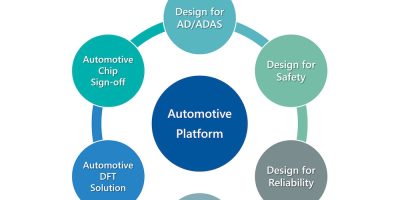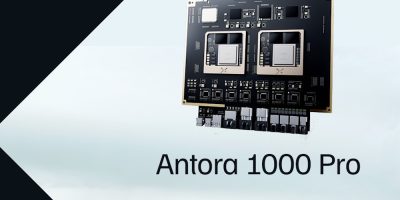Qualcomm Technologies have announced the Snapdragon® 7 Gen 3 Mobile Platform to amplify immersive experiences and bring premium performance to consumers’ everyday life. The upgraded platform delivers across-the-board advancements to ignite on-device AI, fan-favorite mobile gaming, a creativity-charged camera and powerful 5G connectivity. The new platform is fully equipped to enable exciting new use-cases including up to 2.63GHz peak CPU speeds, over 50% faster GPU performance, and 60% improved AI performance per watt while still delivering incredible power efficiency.
“Intelligently designed to balance performance and power efficiency, the Snapdragon 7 Gen 3 Mobile Platform delivers a selection of premium experiences that are brand new to the Snapdragon 7-series,” said Christopher Patrick, senior vice president and general manager of mobile handsets, Qualcomm Technologies, Inc. “By working closely with our OEM partners, we’re able to help make the next generation of in-demand features, such as enhanced AI and extraordinary camera capabilities, more widely accessible to consumers.”
Snapdragon 7 Gen 3 will first be adopted by key OEMs including HONOR and vivo with the first device expected to be announced this month. For more information about Snapdragon 7 Gen 3 visit website and specification sheet.
About Qualcomm
Qualcomm is enabling a world where everyone and everything can be intelligently connected. Our one technology roadmap allows us to efficiently scale the technologies that launched the mobile revolution – including advanced connectivity, high-performance, low-power compute, on-device intelligence and more – to the next generation of connected smart devices across industries. Innovations from Qualcomm and our family of Snapdragon platforms will help enable cloud-edge convergence, transform industries, accelerate the digital economy, and revolutionise how we experience the world, for the greater good.
Qualcomm Incorporated includes our licensing business, QTL, and the vast majority of our patent portfolio. Qualcomm Technologies, Inc., a subsidiary of Qualcomm Incorporated, operates, along with its subsidiaries, substantially all of our engineering, research and development functions, and substantially all of our products and services businesses, including our QCT semiconductor business. Snapdragon and Qualcomm branded products are products of Qualcomm Technologies, Inc. and/or its subsidiaries. Qualcomm patented technologies are licensed by Qualcomm Incorporated.







